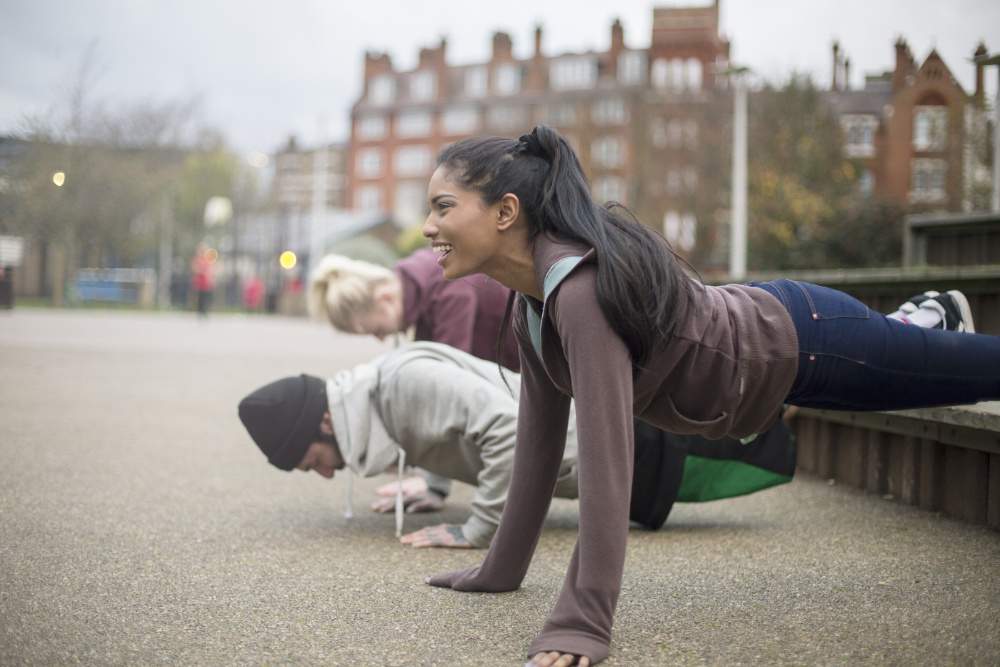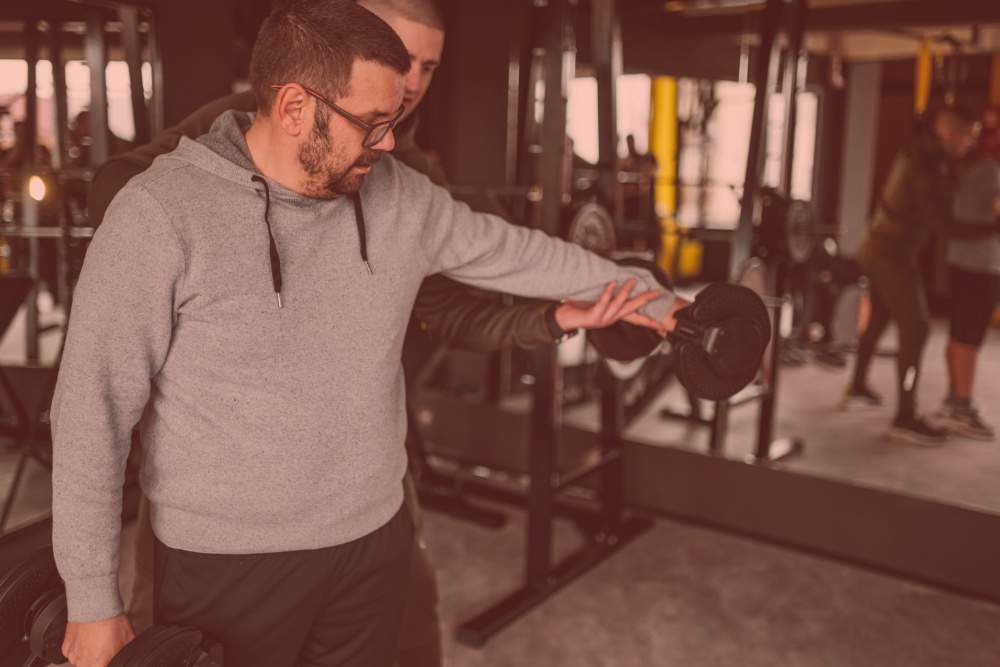You’ve been hitting the gym religiously for weeks, maybe even months. You’re lifting weights, doing cardio, following a routine. But when you look in the mirror or measure your waist, something doesn’t add up. Instead of shrinking, your waistline seems to be expanding. If you’re asking yourself “why is my waist getting wider from working out,” you’re not alone, and there are several clear reasons this happens.
What’s Really Happening When Your Waist Expands During Exercise
Your waist can get wider from working out for three main reasons: muscle growth, water retention, and poor exercise selection. Let’s break down each one.
When you start strength training, your abdominal muscles grow before the fat on top disappears. According to fitness research, muscle tissue develops faster than fat burns off, especially in the first 8-12 weeks of training. This creates a temporary “pushing out” effect where new muscle pushes against existing fat, making your waist appear larger.
Your muscles hold extra water when you start a new workout routine. Exercise causes microscopic tears in muscle fibers, and your body sends water to these areas for repair. This can add 1-3 centimeters to your waist measurement temporarily. The water retention typically peaks in weeks 2-4 of a new program.
Some exercises actually make your waist wider by building the wrong muscles. Heavy oblique work, weighted side bends, and excessive core training can thicken your midsection rather than slim it down.
Are You Building Muscle or Gaining Fat Around Your Waist
The difference between muscle growth and fat gain around your waist comes down to measurement and timing.
- Your waist feels firmer when flexed
- The expansion happened within 2-8 weeks of starting training
- Your strength is increasing in the gym
- You’re eating adequate protein (0.8-1g per pound of body weight)
- Your waist feels soft and squishy
- The expansion is gradual over months
- You’re eating in a calorie surplus consistently
- Other body parts are also getting larger
Research from exercise science shows that muscle tissue feels dense and firm, while fat tissue remains soft. If your expanding waist feels solid when you tense your abs, you’re likely building muscle underneath existing fat.
How Long Does Waist Expansion Last When Starting Exercise
The temporary waist expansion from starting exercise typically lasts 6-12 weeks. Here’s the timeline:
- Weeks 1-2: Initial water retention begins
- Weeks 3-6: Peak water retention and early muscle growth
- Weeks 7-12: Water retention normalizes, muscle growth continues
- Weeks 13+: Fat loss catches up to muscle growth, waist begins shrinking
A 2019 study tracking new gym members found that 73% experienced temporary waist expansion in their first month, but 89% saw their waist measurements decrease by month three when following a proper program.
Which Exercises Make Your Waist Wider Instead of Smaller
Certain exercises can make your waist appear wider by building bulk in the wrong areas:
- Heavy weighted side bends
- Russian twists with heavy weights
- Excessive oblique-focused training
- Heavy farmer’s walks (when overdone)
- Planks and dead bugs for core stability
- Hanging leg raises for lower abs
- Bicycle crunches without weights
- Vacuum exercises for deep core muscles
Personal trainers in Australia report that clients who focus on heavy oblique training often see their waist measurements increase by 2-5cm over 3-6 months, while those focusing on stability exercises see decreases.
What Should You Eat to Prevent Waist Expansion During Workouts
Your diet plays a crucial role in whether your waist expands or shrinks during exercise.
- Lean proteins: chicken breast, fish, eggs (aim for 25-30g per meal)
- Complex carbs: oats, sweet potato, brown rice
- Healthy fats: avocado, nuts, olive oil (limit to 20-30g saturated fat daily)
- High-fiber vegetables: broccoli, spinach, Brussels sprouts
- High-sodium processed foods (cause water retention)
- Refined sugars and high-fructose corn syrup
- Excessive saturated fats (over 30g daily)
- Alcohol (disrupts fat burning for 24-48 hours)
Research shows that people consuming over 50g of saturated fat daily store significantly more visceral belly fat, even when total calories remain the same.
How Much Does Personal Training Cost to Fix This Problem
In Melbourne, personal training costs vary significantly:
- Gym-based sessions: $60-$90 per 30-minute session
- Mobile trainers: $80-$120 per session
- Small group training: $35-$60 per person per session
- Online coaching: $150-$300 per month
Most trainers recommend 2-3 sessions per week initially, making the monthly investment $480-$1,080 for in-person training. However, many people see results with just 4-6 sessions to learn proper form, then continue independently.
For those specifically looking to lose weight, working with a personal trainer for weight loss can provide targeted guidance on both exercise selection and nutrition strategies to prevent waist expansion while promoting fat loss.
FAQ: Common Questions About Waist Expansion From Exercise
How long before my waist starts shrinking instead of growing?
Most people see their waist begin shrinking between weeks 8-12 of consistent training and proper nutrition.
Should I stop working out if my waist is getting bigger?
No. Continue your program but focus on diet and exercise selection. The expansion is usually temporary.
Can I spot-reduce belly fat with specific exercises?
No. Fat loss happens throughout your body, not in specific areas. Focus on overall calorie deficit and strength training.
Is it normal for my waist to fluctuate day to day?
Yes. Daily fluctuations of 1-3cm are normal due to food intake, hydration, and hormonal changes.
When should I be concerned about waist expansion?
If expansion continues beyond 12 weeks or exceeds 5cm, reassess your diet and exercise program with a qualified trainer.
The key to success is patience and consistency. Your waist expansion from working out is likely temporary muscle growth and water retention, not fat gain. Stick to your program, focus on proper nutrition, and give your body time to adapt. If you’re wondering how long it takes to lose weight with a personal trainer, the timeline typically ranges from 6-12 weeks for noticeable changes, depending on your starting point and consistency.


